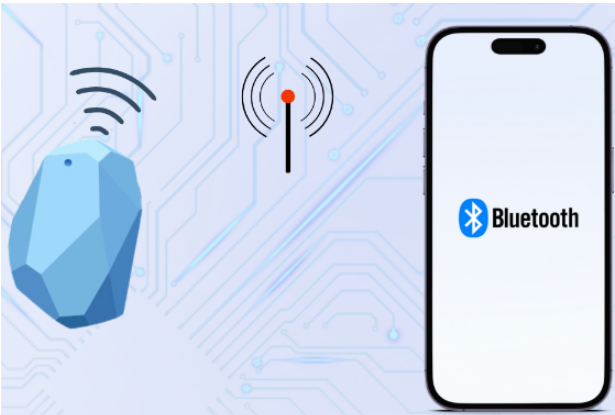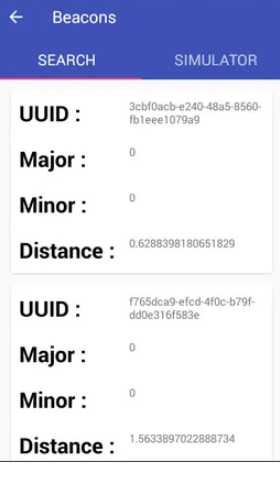Android Beacon is a small wireless transmitter device that communicates with Android devices using Bluetooth Low Energy (BLE).
Suppose you are walking into a store and receiving special discount notifications on your phone based on your location. It’s all possible because of Android Beacon.
Android Beacon can easily trigger actions on your smartphone based on your proximity, opening up a world of possibilities for location-based services.
Unlocking the Potential of Beacons
Today we’ll discuss how Android Beacon works, different types, and how to use them to build interactive experiences for your users.
Also, explore the tools and libraries available to help you develop beacon-powered apps.

Bluetooth beacons are hardware for Android devices.
Bluetooth is low energy on devices. The technology enables tablets, phones, and other devices. That performs actions when near a beacon.
Bluetooth beacon users have low energy proximity to transmit the data to the devices.
Bluetooth interval is 100ms to 1 second and every device provides a unique ID of Bluetooth.
The ID mainly has three parts:
- UUID
- Major
- minor
Beacon protocols
- iBeacon
- Altbeacon
- UriBeacon
- EddyStone

Now let’s discuss how to implement beacons.
Create an object of region
This Method checks whether your beacons is inside the region or outside of the region.
This method is your beacons exit from the region
This method is used when a state changes beacons in the mobile application.
In conclusion, you understand how Android beacons can enhance your app’s features and create a more engaging user experience. Now, get ready to unleash the power of proximity-based interaction.